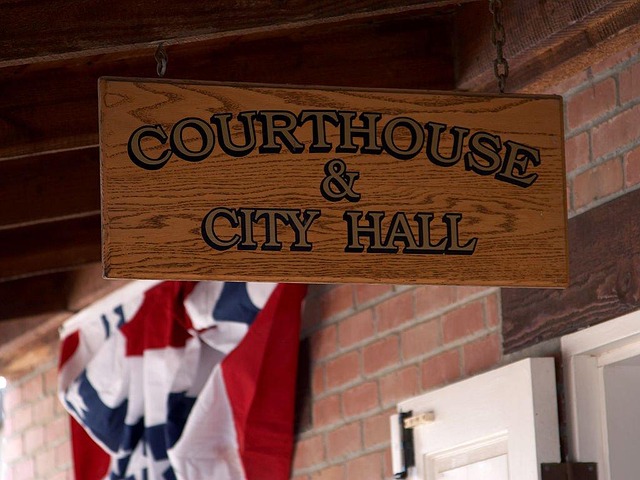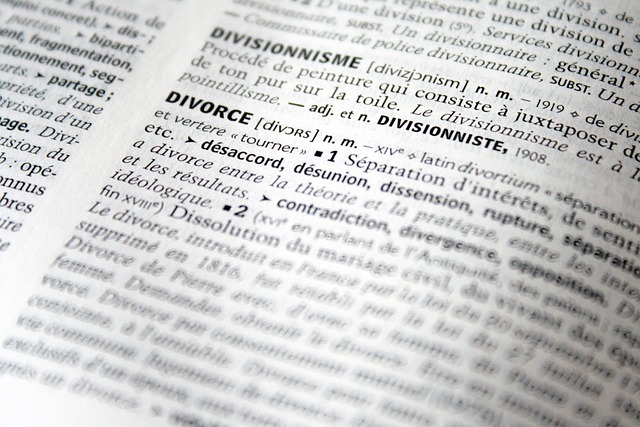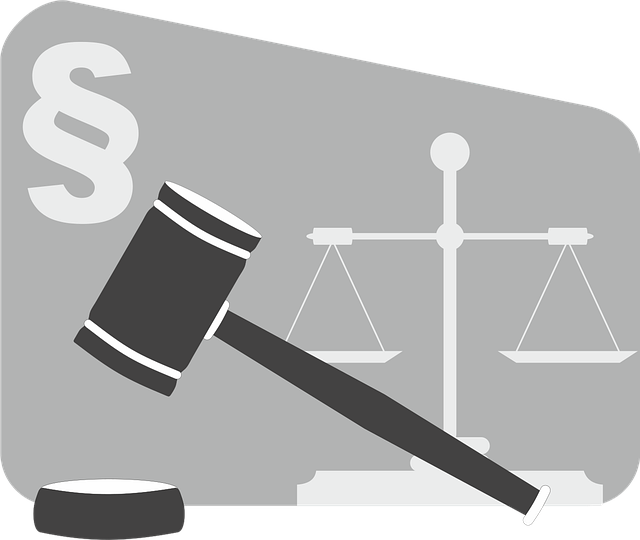Partnerships in today's global business landscape face significant risks from strategic, financial, and operational discrepancies, cultural differences, and personal egos. Unclear agreements and misaligned expectations lead to costly legal disputes over responsibilities, profit-sharing, and decision-making. Effective litigation risk management requires understanding and addressing these Common Causes of Partnership Disagreements through careful agreement drafting, open communication, robust strategies, mediation, arbitration, and well-defined roles. Learning from high-profile cases can help businesses implement proactive measures to prevent disagreements and mitigate risks in both white-collar defense and general criminal cases.
Litigation Risk Management is a critical aspect of any successful partnership, especially in high-stakes industries. This article delves into the intricate world of partnership disputes, exploring the underlying causes and potential consequences. We uncover the common triggers of these conflicts, focusing on misunderstandings and misaligned goals. By examining real-world cases, we highlight the impact of unclear agreements and offer strategic communication and contractual solutions to mitigate risks. Get ready to navigate the complex landscape of partnerships with a sharper understanding of their vulnerabilities.
- Understanding Partnership Disagreements: Common Triggers and Dynamics
- The Impact of Unclear Agreements on Litigation Risk
- Effective Communication Strategies to Mitigate Disputes
- Legal Frameworks and Contractual Clauses for Dispute Resolution
- Case Studies: Lessons from High-Profile Partnership Disputes
Understanding Partnership Disagreements: Common Triggers and Dynamics

Partnership disagreements can arise from a variety of factors, with understanding these common causes being essential for effective litigation risk management. Often, disputes stem from differing opinions on strategic decisions, misaligned expectations regarding financial performance, or conflicts over operational control. In dynamic business environments, where partnerships are increasingly complex and global, these issues can be exacerbated by cultural differences, language barriers, and the inherent tensions that arise when multiple interests converge.
The dynamics of partnership disagreements are multifaceted, frequently involving a mix of personal egos, professional ambitions, and differing interpretations of contractual agreements. White-collar and economic crimes, for instance, introduce unique complexities, as they can cast doubt on the integrity of partnerships and lead to costly legal battles. Navigating all stages of the investigative and enforcement process requires robust risk management strategies to mitigate potential jury trials and protect the reputation of all involved parties.
The Impact of Unclear Agreements on Litigation Risk

Unclear or poorly drafted agreements are a significant source of litigation risk for any business, especially in partnerships. When contracts lack specificity or fail to address potential disputes, it leaves room for misinterpretation and conflict between parties. This is particularly true in dynamic business environments where expectations can shift rapidly. Common Causes of Partnership Disagreements include ambiguities around responsibilities, profit-sharing models, and decision-making processes, leading to costly legal battles.
Such disagreements can arise at any stage of a partnership, from initial negotiations through the investigative and enforcement process. For corporate and individual clients alike, managing these risks requires careful drafting and thorough review of agreements. Addressing potential issues upfront can significantly enhance the chances of winning challenging defense verdicts and ensure smooth operations without the need for costly legal interventions.
Effective Communication Strategies to Mitigate Disputes

Effective communication is a cornerstone in litigation risk management, especially when addressing common causes of partnership disagreements. Open and transparent dialogue can prevent many disputes from escalating into legal battles. In business partnerships, misaligned expectations, lack of clarity over roles, and inadequate information sharing often lead to friction. Regular meetings where all parties articulate their goals, concerns, and expectations can help forge a shared vision and reduce misunderstandings.
Implementing robust communication strategies, such as establishing clear protocols for decision-making and conflict resolution, is vital. These measures ensure that any disagreements are promptly addressed before they fester into full-blown disputes. In the realm of white-collar defense and general criminal defense, where jury trials can be costly and detrimental to reputations, proactive communication can significantly mitigate risks. By fostering an environment where partners feel comfortable discussing sensitive matters and providing honest feedback, organizations can create a robust framework for dispute resolution, enhancing their ability to navigate challenges without resorting to lengthy and expensive legal processes.
Legal Frameworks and Contractual Clauses for Dispute Resolution

Effective litigation risk management begins with understanding the legal frameworks and contractual clauses that govern dispute resolution. When partnerships face disagreements, often stemming from common causes such as misaligned goals or disputes over resources and decision-making, having robust mechanisms in place is crucial. These mechanisms include clearly defined processes for conflict resolution, ranging from mediation to arbitration, which can offer alternatives to lengthy and costly jury trials.
Contractual clauses play a pivotal role in shaping the dispute resolution landscape, particularly in the context of white collar and economic crimes or complex issues faced by philanthropic and political communities. By incorporating specific provisions that outline expectations, responsibilities, and procedures for addressing disputes, partnerships can mitigate risks and foster healthier working relationships. This proactive approach ensures that disagreements are handled efficiently, promoting transparency and accountability while potentially avoiding costly legal battles.
Case Studies: Lessons from High-Profile Partnership Disputes

Partnership disputes can serve as valuable case studies for understanding the common causes of litigation among business associates. High-profile examples often reveal misunderstandings, misaligned goals, and breaches of fiduciary duty as primary catalysts for legal battles. For instance, a study of several white collar defense cases highlights that personal egos and power struggles within partnerships frequently escalate into costly jury trials.
These disputes underscore the importance of clear communication, well-defined roles, and robust conflict resolution mechanisms from the outset. Establishing explicit expectations, documenting agreements, and fostering an environment where open dialogue is encouraged can significantly mitigate risks. By learning from real-world scenarios, businesses can develop proactive strategies to safeguard against potential partnership disagreements, ensuring a more harmonious working relationship for his clients.
Effective litigation risk management in partnerships hinges on proactive strategies. By understanding the common causes of partnership disagreements, such as unclear agreements and communication breakdowns, businesses can implement robust communication tactics and leverage appropriate legal frameworks. Examining high-profile cases provides valuable insights into managing and resolving disputes amicably. Proactive measures, including thorough contract drafting and open dialogue, are key to minimizing litigation risks associated with partnerships.






